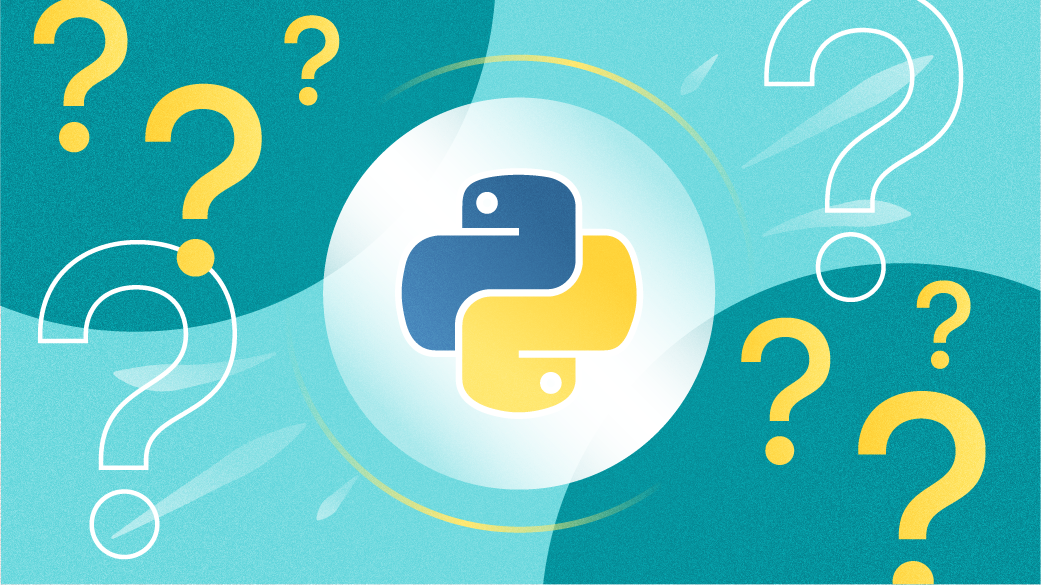Update Openssl Mac
- Building Mac libraries Building openssl-1.0.1h for iPhoneOS 7.1 armv7 Building openssl-1.0.1h for iPhoneOS 7.1 armv7s Building openssl-1.0.1h for iPhoneOS 7.1 arm64 Building openssl-1.0.1h for iPhoneSimulator 7.1 x8664 Yet the lib directory just has the two mac files, where have the libcryptoiOS.a” and “libssliOS.a' files finished?
- Invalid usage: Non-checksummed download of openssl formula file from an arbitrary URL is unsupported! (UsageError) brew extract or brew create and brew tap-new to create a formula file in a tap on GitHub instead.: Invalid usage: Non-checksummed download of openssl formula file from an arbitrary URL is unsupported!
Install PowerShell via Direct Download; Install from binary archives. After installing PowerShell, you should install OpenSSL. OpenSSL is needed for PowerShell remoting and CIM operations. Installation of latest stable release via Homebrew on macOS 10.13 or higher. If the brew command is not found, you need to install Homebrew following their. OpenSSL is a robust, commercial-grade, and full-featured toolkit for the Transport Layer Security (TLS) and Secure Sockets Layer (SSL) protocols. It is also a general-purpose cryptography library. For more information about the team and community around the project, or to start making your own contributions, start with the community page. UPDATE 2016/12/11 OpenSSL 1.0.2j, Homebrew 1.1.2, Mac 10.11.6. You’ll see Warning: Refusing to link: openssl Linking keg-only openssl means you may end up linking against the insecure.
> My Mac still has OpenSSL 0.9.8. How may I update this to the latest stable
> version?
You can't because 0.9.8 and 1.0.1 are *not* binary compatible.
You can download OpenSSL, `./Configure darwin64-x86_64-cc`, `make`,
and then `sudo make install`. Your updated version will be located in
`/usr/local/ssl`.
Using it in programs can be tricky, though. Apple's linkers do not
honor -Bstatic and -rpaths. You will have to compile/link with
-I/usr/local/ssl/include and -L/usr/local/ssl/lib.
When executing your program linked against your version of OpenSSL,
you will need:
set env DYLD_INSERT_LIBRARIES
/usr/local/ssl/lib/libcrypto.so:/usr/local/ssl/lib/libssl.so
DYLD_INSERT_LIBRARIES on OS X is like LD_PRELOAD.
If you get obscure errors at odd times, then your 1.0.1 program
probably got runtime linking against 0.9.8. If you can get it under
the debugger, then issue `info shared` and see what version you
actually loaded.
______________________________________________________________________
OpenSSL Project http://www.openssl.org
User Support Mailing List [hidden email]
Automated List Manager [hidden email]
Cryptography library and toolkit that enables developers to work with the Transport Layer Security (TLS) and Secure Sockets Layer (SSL) protocols
What's new in OpenSSL 1.1.1k:
- Fixed a problem with verifying a certificate chain when using the X509_V_FLAG_X509_STRICT flag. This flag enables additional security checks of the certificates present in a certificate chain. It is not set by default.
- Starting from OpenSSL version 1.1.1h a check to disallow certificates in the chain that have explicitly encoded elliptic curve parameters was added as an additional strict check.
OpenSSL provides support for the TLS and SSL protocols, and also includes various tools used in cryptography. Note that OpenSSL is officially available only as source, so you must manually compile and install the software on your Mac.
Update Openssl On Mac

Deploy the OpenSSL toolkit via the command line
To install the OpenSSL toolkit and library on your Mac, you must open the Terminal application, go to the OpenSSL source folder, and follow the instructions from the INSTALL file included in the archive.

For short, you must run the “./config”, “make”, “make test”, and “make install” commands, and then type openssl in the Terminal. If you need to see what OpenSSL release you are using, you can use the 'version” argument.
Note that you must make sure you are using the correct PATH to reach the latest OpenSSL installation. When you install OpenSSL, you get to see the output location, and you can check the path used by default with the “which openssl” shell command.
Older OpenSSL versions are delivered with the system by default, and the old link will most likely be preserved. This means that you must configure the shell to use the correct path on your own.
Worth mentioning is that you can also install the toolkit using a package management solution such as Homebrew.
Quick access to SSL and Crypto libraries
While in OpenSSL's command line interface, you get to see all the standard, message digest, or cipher commands supported by OpenSSL, but you do not get usage instructions.
Make sure to check the online documentation to read extensive descriptions and learn about configuration options for each of the included commands.
OpenSSL's developers also provide a Frequently Asked Questions section where you can get details about the latest version, about how you can use the commands, and so on.
To conclude, the OpenSSL software package offers you the possibility to work with the SSL and TLS protocols or to access cryptography tools, as long as you are willing to work with the command line.
Filed under
OpenSSL was reviewed by
Update Openssl Mac
Sergiu GatlanOpenSSL 1.1.1k
add to watchlist send us an update
send us an update- runs on:
- macOS (-)
- file size:
- 9.8 MB
- filename:
- openssl-1.1.1k.tar.gz
- main category:
- Security
- developer:
- visit homepage
top alternatives FREE
Upgrade Openssl Mac Without Brew
top alternatives PAID
